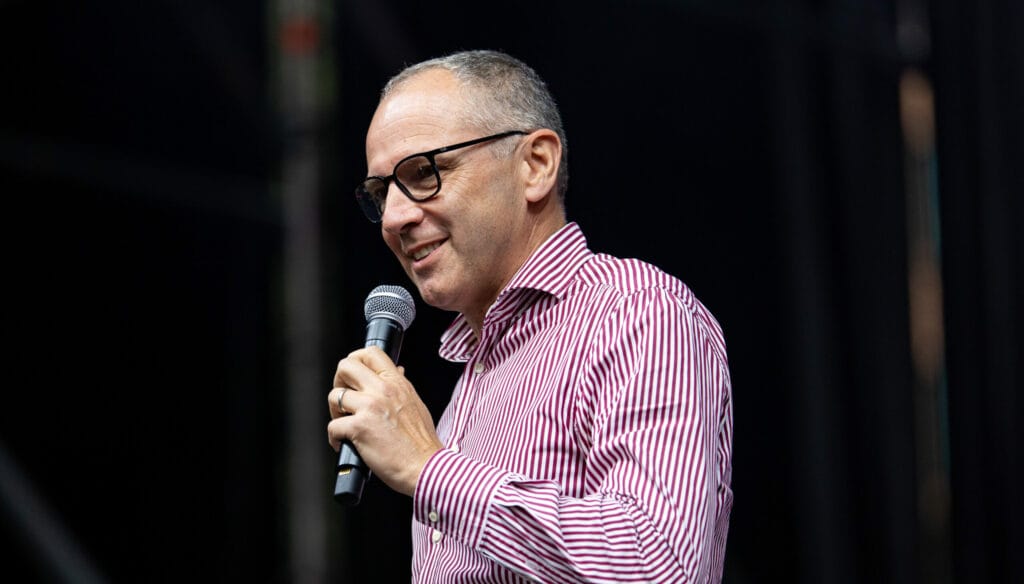Stefano Domenicali, CEO of Formula 1, recently unveiled his future plans for the sport. Under his leadership, the premier class has been on the rise for several years. While Formula 1 enjoys growing popularity, it’s becoming increasingly complex for teams to manage a season, especially with the busy calendar that counts 24 Grands Prix for the first time this year, a point of contention for many.
Future Plans and Calendar Expansion
We now know that the 2025 season will again feature 24 race weekends. For the following year, countries are lining up to secure a spot on the calendar. Will the championship be further expanded? That’s not certain. “It’s wrong to claim that 24 is ‘too many’,” Domenicali said in an interview with the German Auto, Motor und Sport. “If the sport is as successful as it is now, fans count the days until the next race.”
Benefits and Challenges of More Races
Regarding the expansion of the current calendar, Domenicali had little to say. “24 Grands Prix is a good number,” he continued. “I think everyone involved in our sport should be happy with this situation.” The pressure on the teams and drivers is indeed enormous, but a large number of races also has its advantages. It means more attention for the teams and sponsors, which undoubtedly translates into higher revenues.
Rotating Events and Sprint Races
To avoid further expanding the number of races, Formula 1 could rotate certain events. There’s a huge demand for hosting a Grand Prix, especially in Asia where countries are eager to welcome Formula 1. Domenicali had little to say about rotating races. However, the 59-year-old CEO knows that the number of sprint races needs to increase. “The numbers show that there’s demand for it,” he explained. Currently, there are six sprints per year, but in the future, this could increase to eight.









